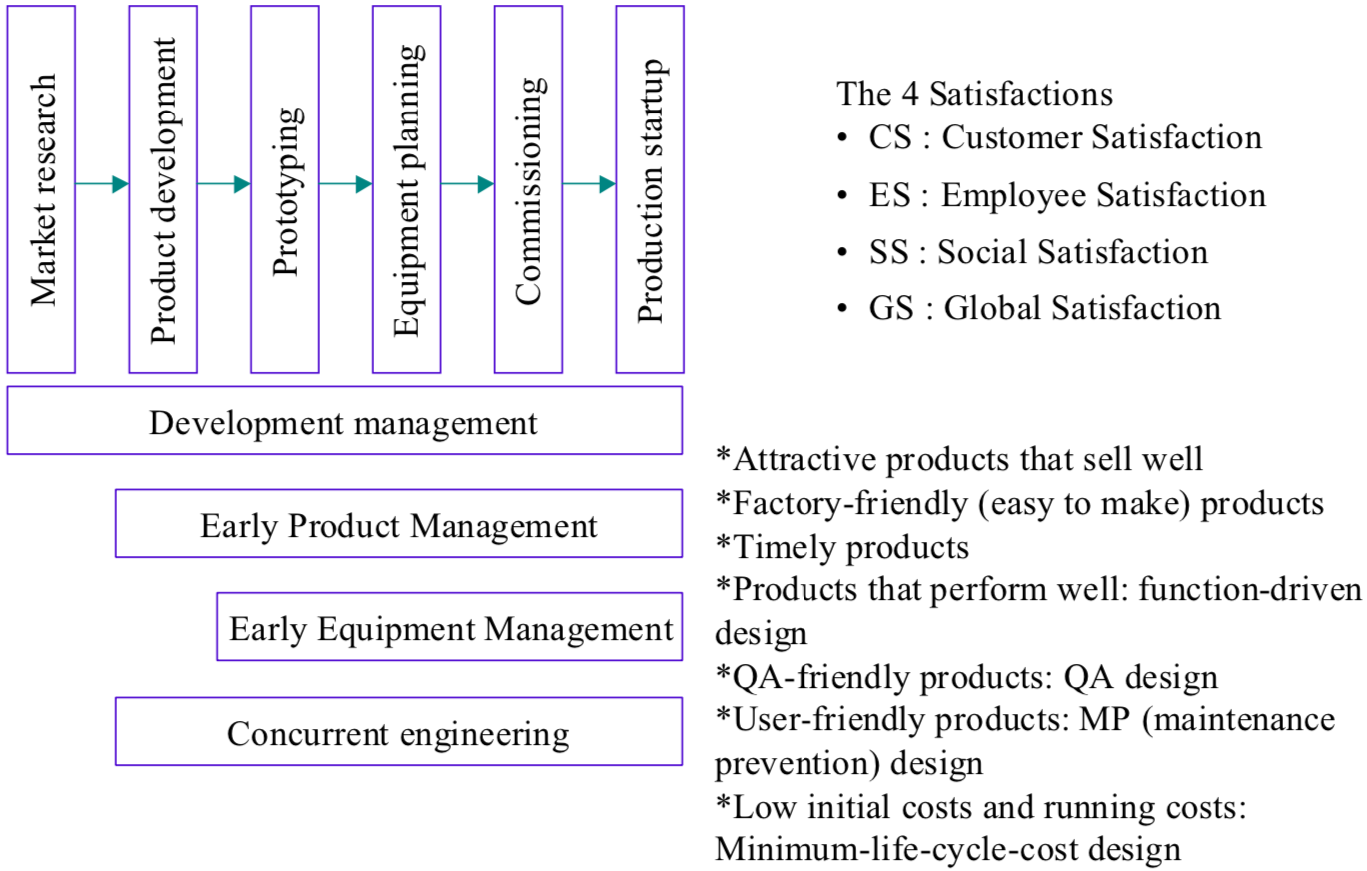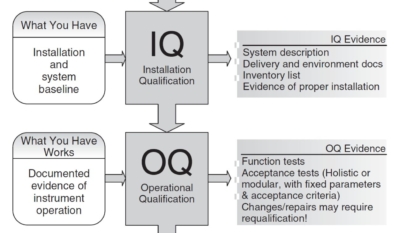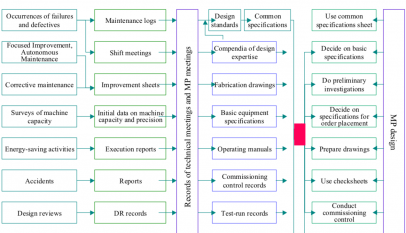Product planning has to be preceded by market research. In this manual, the blanket term “management of product and equipment development”, or “development management”, will be used to refer to all the activities taking place from the market research stage onwards. In the early stages of TPM (Level 1), development management focuses principally on the work done from the product-planning stage onward, with the aim of achieving vertical volume-production startup and stable production thereafter, and this is what we call “Early Management”. This chapter explores the meaning of Early Management in more detail.
A Definition of Early Management
Early Management is part of the process of creating a system for managing product and equipment development, one of the principal TPM activities. It can be split into “Early Product Management” and “Early Equipment Management”. The period covered by Early Management is from the start of conceptual product planning until the go-ahead is given for full-scale production.
The figure below shows how Early Product Management and Early Equipment Management fit into the overall development management process.

What does “Early Product Management” mean?
To succeed in the face of tough market competition, it is absolutely essential to manufacture what the customer wants and to do it quickly and cheaply. In today’s world, customers’ needs are becoming ever more individualized and diverse, while product life- cycles are becoming ever shorter – all at a dizzying rate. This means that a company needs to be as efficient as possible in planning, developing and evaluating prototypes – while developing the necessary production equipment – and get the new product into volume production as quickly as possible.
Early Product Management refers to management activities carried out to ensure that everything runs smoothly from the conceptual product planning stage right up until volume production. Its objectives can be summed up as follows:
- To ensure that the product not only fulfils its basic functions, but is also QA friendly, factory friendly and automation friendly when it reaches the volume production stage;
- To shorten the product development period and achieve vertical startup (in other words, to produce defect-free products from the word “go”).
If these two objectives are to be attained efficiently, the product design department must make it clear to the equipment design department and other departments involved, early on in the design process, exactly how everyone will co-operate, and who is to be responsible for what.
What does “Early Equipment Management” mean?
Nowadays, product specifications are rapidly proliferating, while life cycles dwindle. Consequently, production equipment has to be able to turn out a wide range of products extremely efficiently in small quantities, while becoming larger, faster and increasingly automated. However, despite the best efforts of equipment design departments, problems arising in the early stages of equipment development are as common as ever.
Early Equipment Management can be defined as follows:
Management where the equipment design department works with the operating and maintenance departments throughout the period from conceptual equipment planning to volume-production startup to forestall losses due to initial equipment problems, while striving for optimal equipment design that correctly balances initial cost and running cost.
Often, no distinction is made between Early Product Management and Early Equipment Management: the two are simply lumped together as ‘Early Management’. In this manual, however, the distinction will be maintained: Early Management covers the three scenarios listed below, and it makes things clearer if we can talk about Early Product Management and Early Equipment Management as two distinct entities.
- The scenario where new equipment is to be developed and designed in order to produce a new product.
- The scenario where the product is to remain unchanged, but new equipment is to be developed and designed in order to speed up production, increase the degree of automation, or attain some other improvement.
- The scenario where a new product is to be developed, but existing equipment is to be used.
When different departments work together on a project and concurrent engineering is practised, it is essential to be absolutely clear about the objectives and which department is responsible for doing what.


















